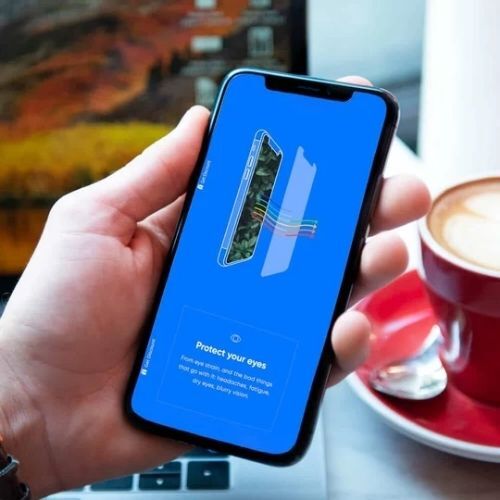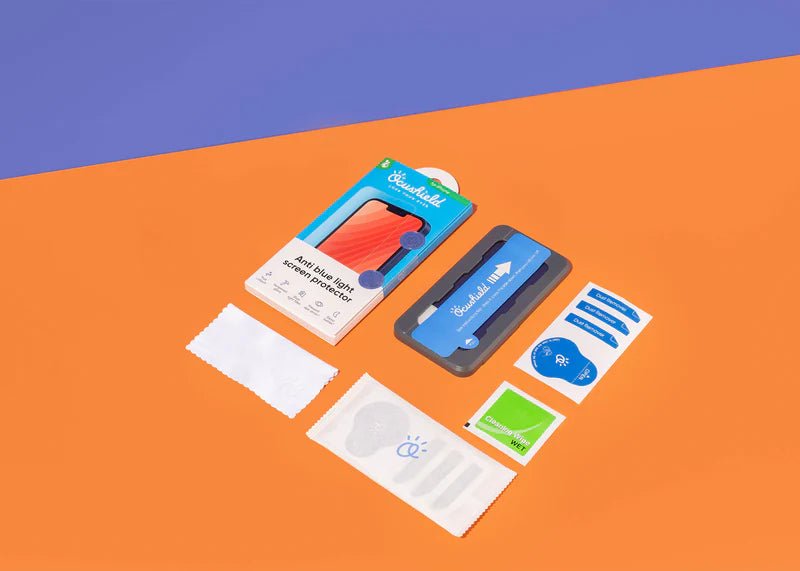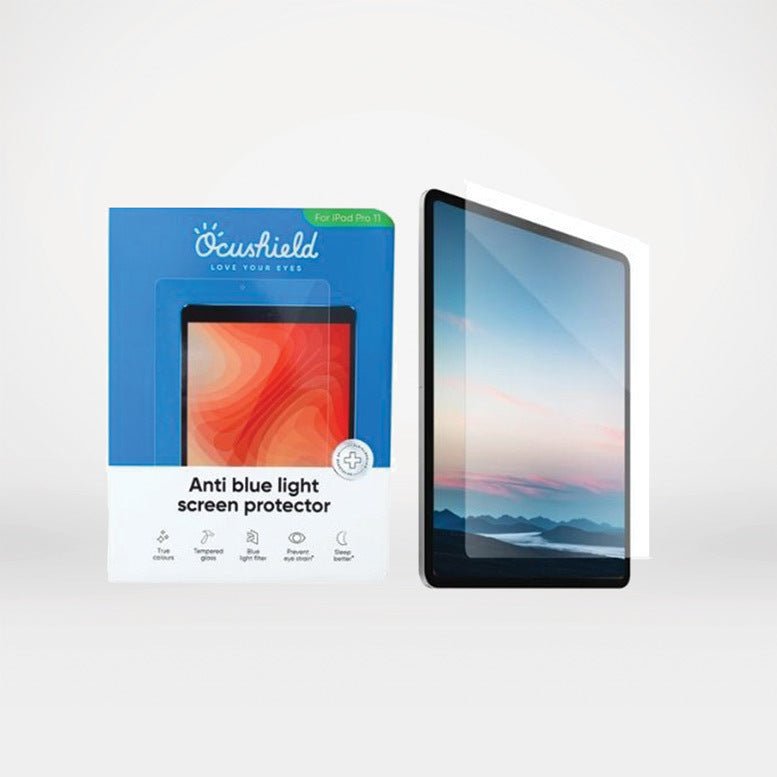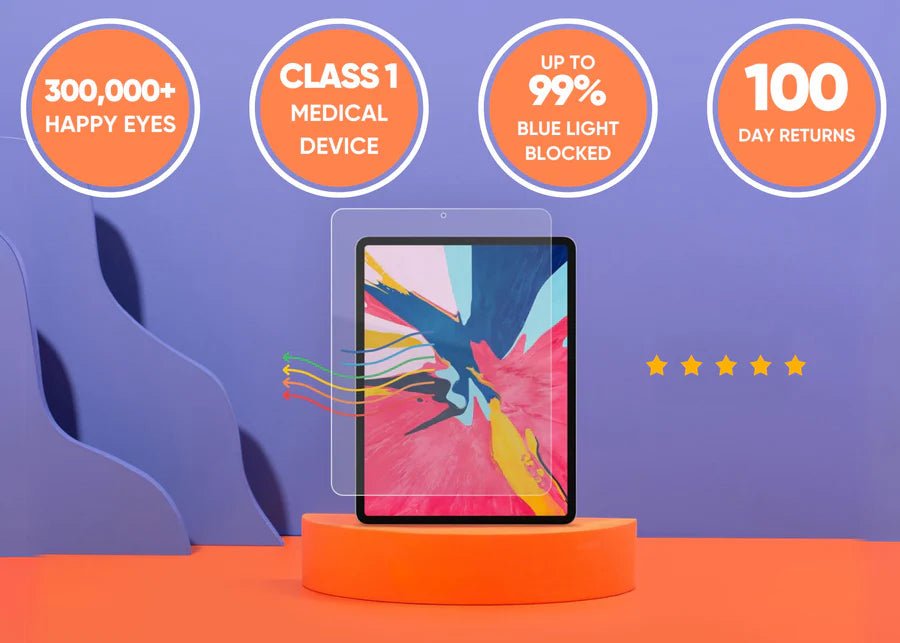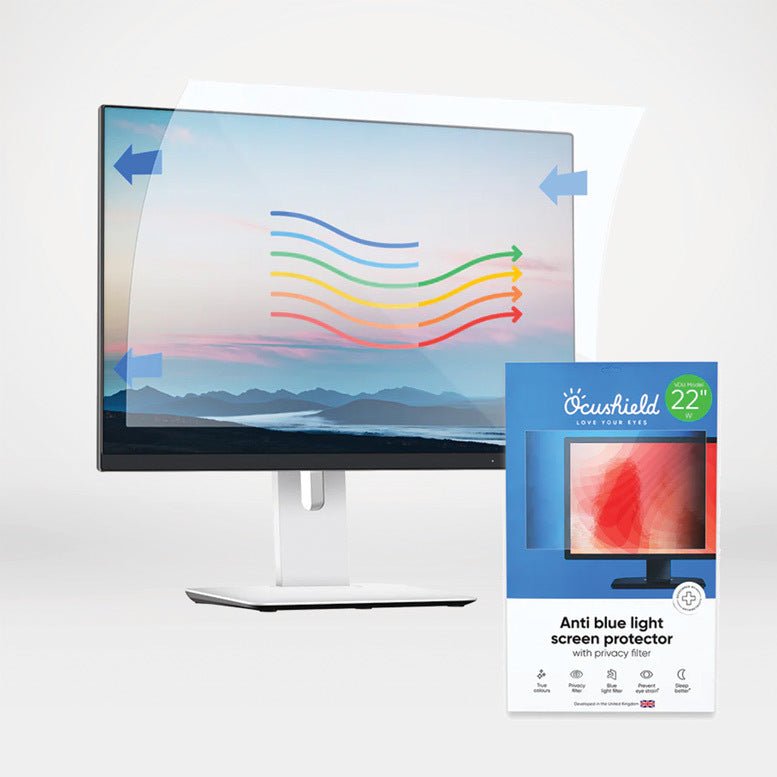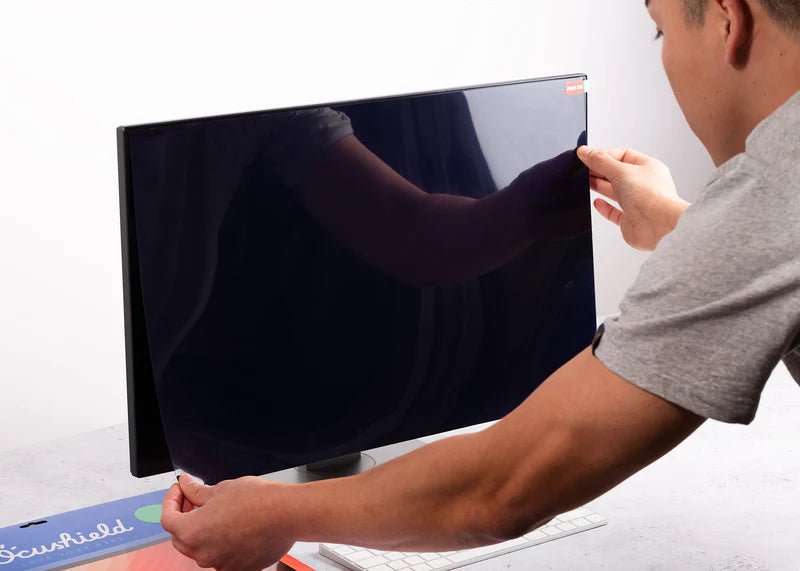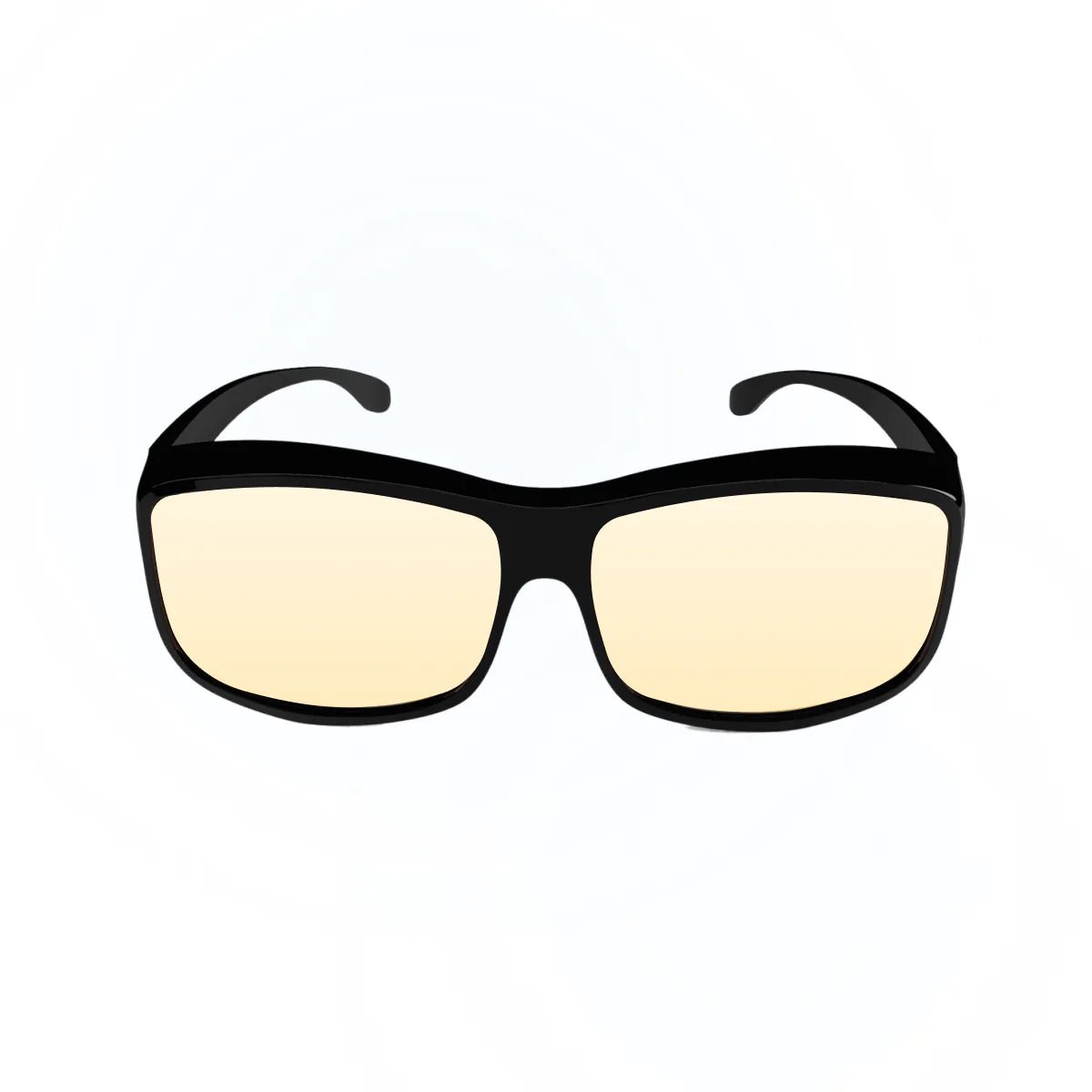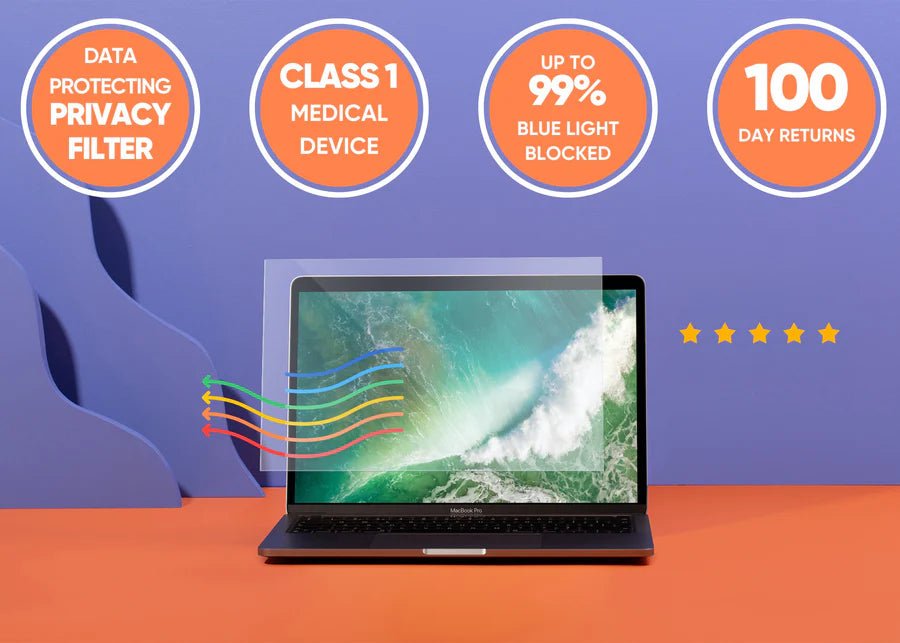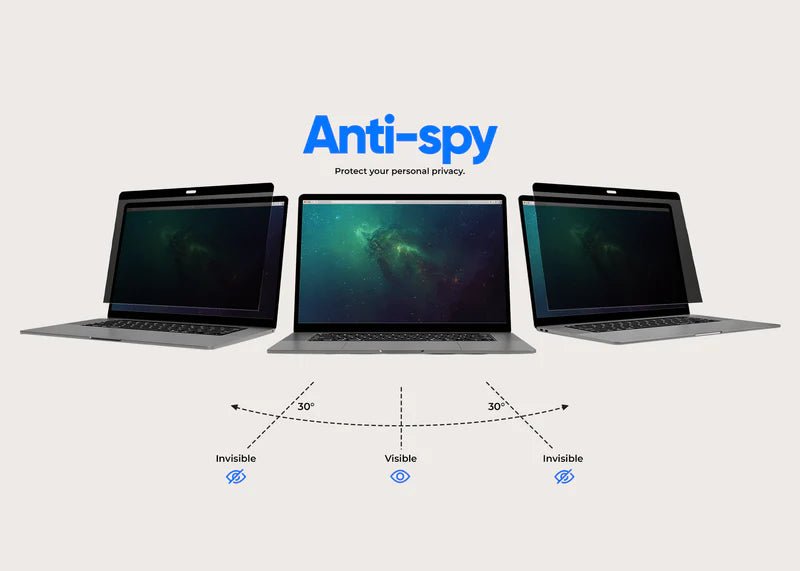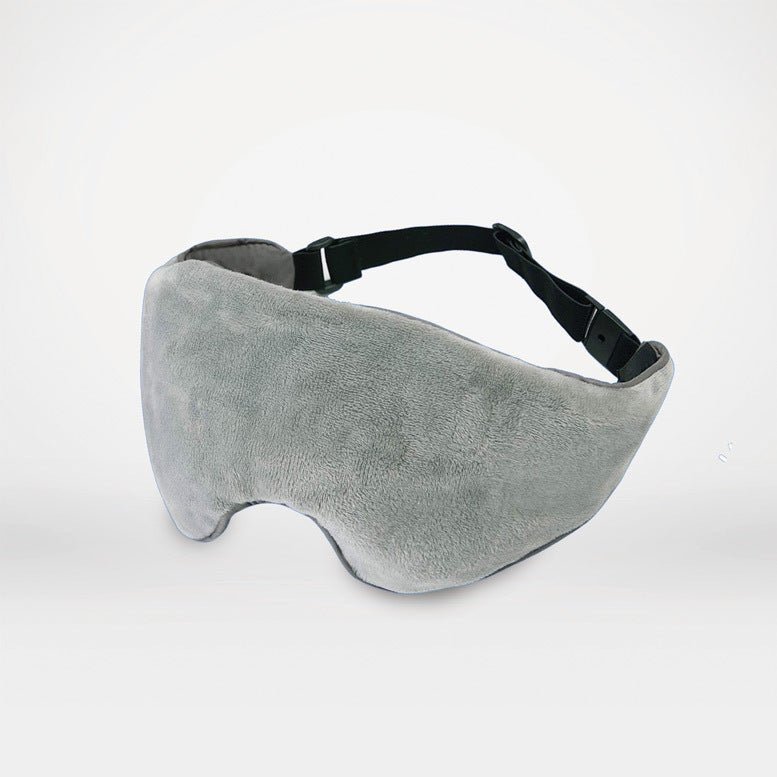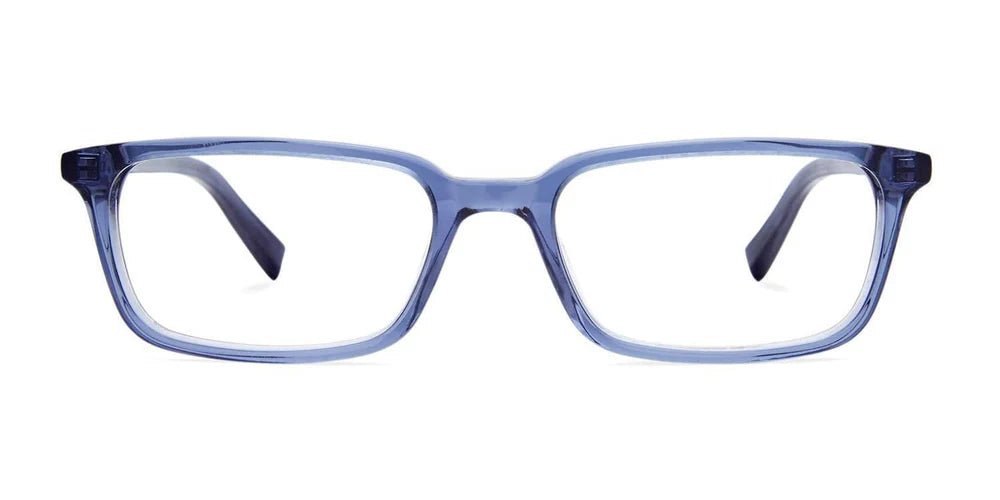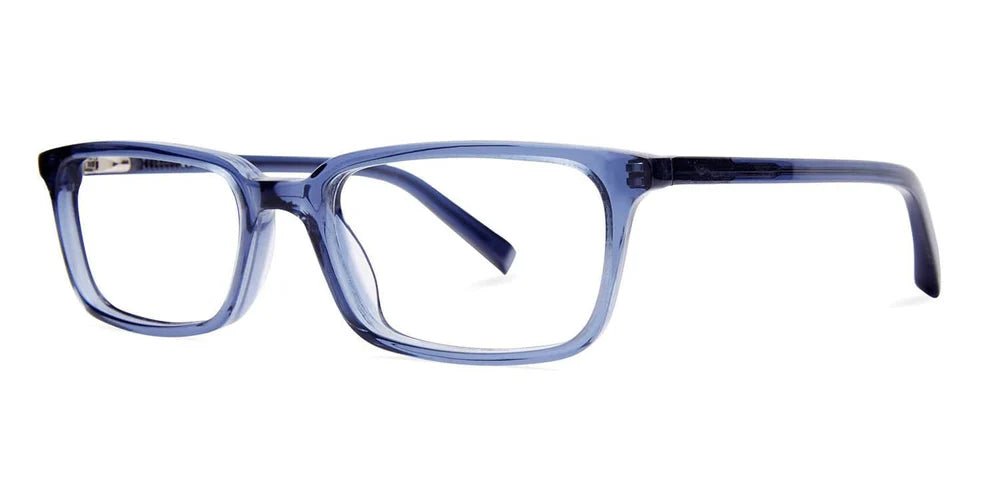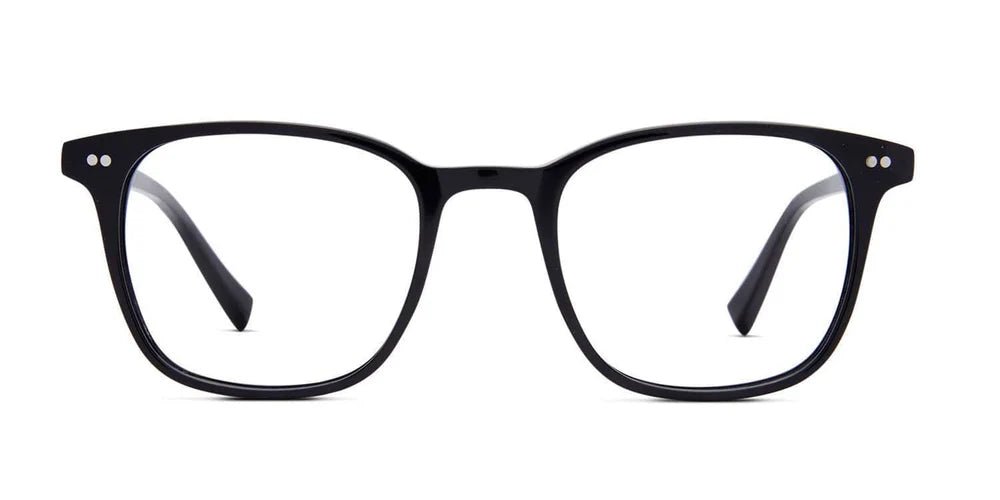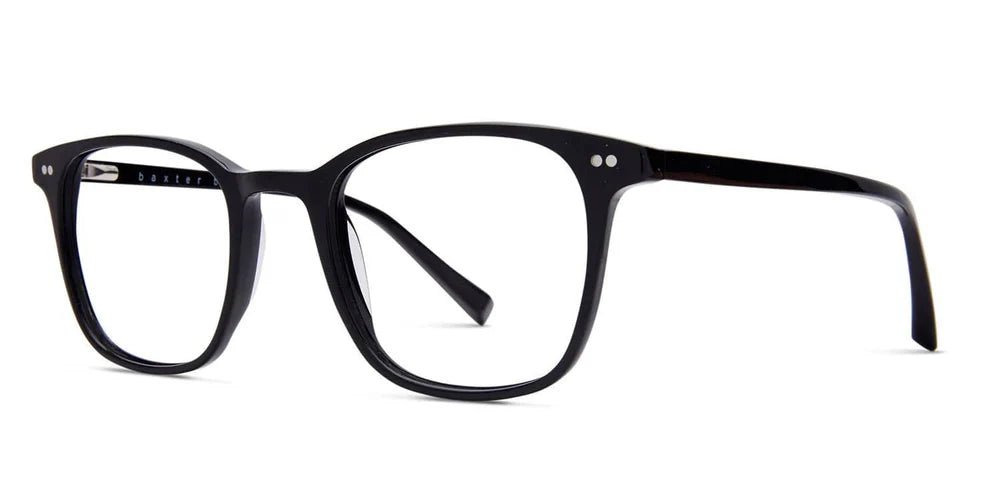Digital Screens
Most of us spend the majority of our waking hours staring at digital screens, whether it's the computer at work, mobile phone, iPad, PlayStation… or just relaxing the old fashioned way in front of TV. All this screen time can be hard on your eyes and can lead to eye strain.
There is a Solution
There are a few ways to combat digital eye strain: In addition to our Baxter Blue glasses, we suggest you adopt the 20-20-20 rule which says that for every 20 minutes of screen time you should look at something 20 feet (6 meters) away for 20 seconds. Another great tip is to ensure you position yourself at arms distance from your screen.
Some Facts About Digital Eye Strain
10 Hours a Day – the number of hours the average Australian spends looking at a digital screen*
80% of people report using digital devices in the hours before going to sleep, which has been shown to disrupt sleep patterns by increasing alertness in the brain through the suppression of melatonin***
65% of digital device users experience digital eye strain symptoms with 75% of people who use two or more devices simultaneously affected**
Sources
* Ernst & Young (2016). Digital Australia. Sydney, NSW
** Eyes Overexposed: The Digital Device Dilemma, 2016 Digital Eye Strain Report, The Vision Council, USA
*** health.gov.au/internet/main/publishing.nsf/content/health-pubhlth-strateg-phys-act-guidelines
**** UAB School of Optometry - A study on worker productivity and computer vision

